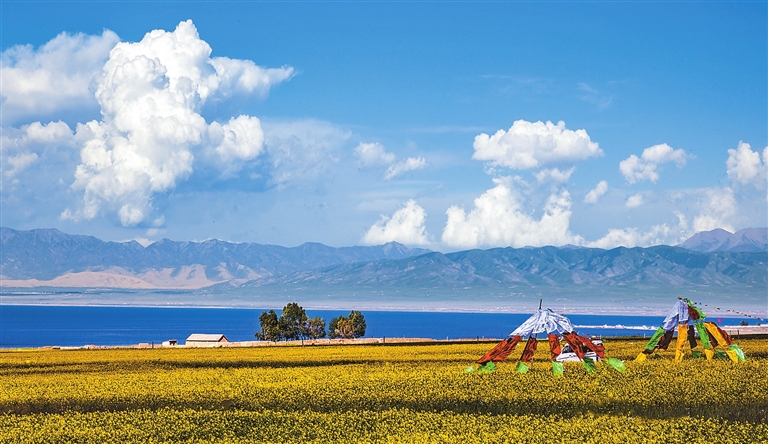

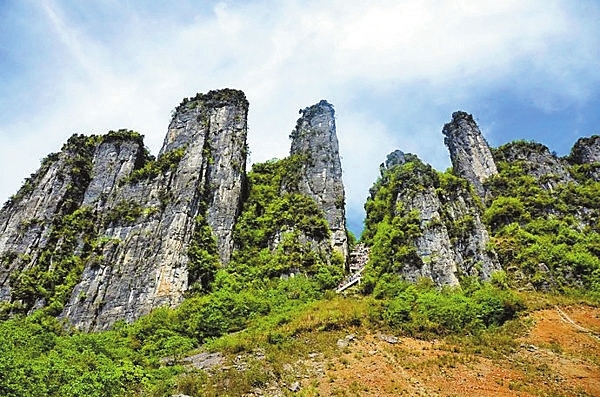
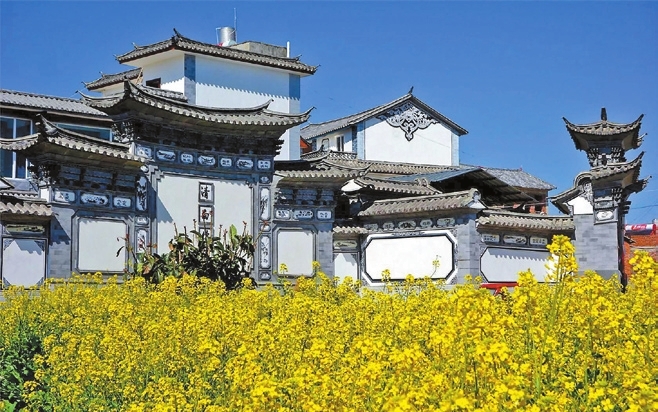
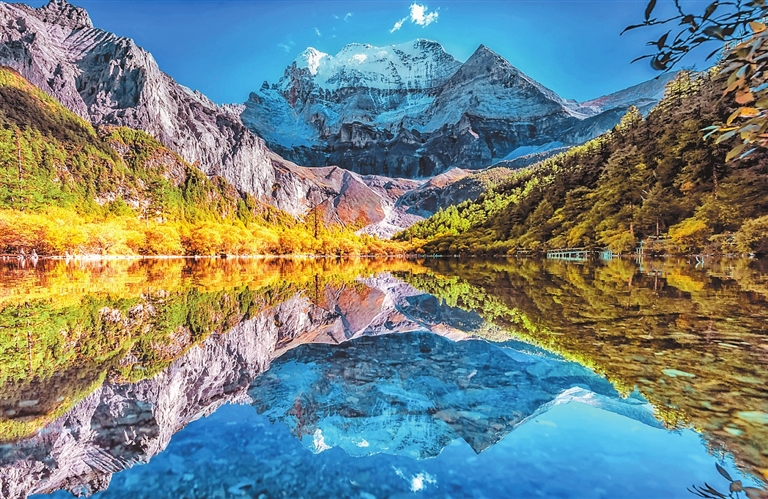
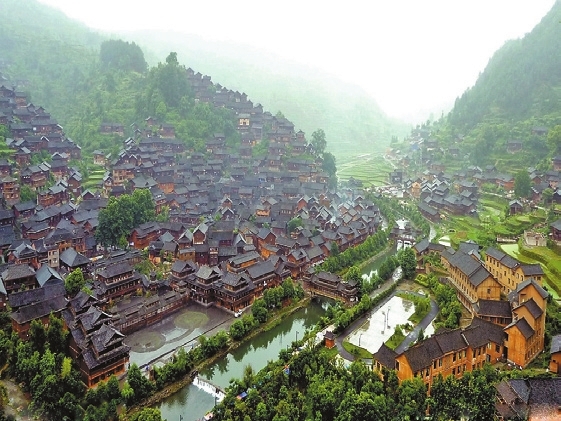
THE 2010s have already come and gone, and a new decade has begun. Now well into the start of 2020, it’s time to consider your next round of travel plans before the year passes you by. If you missed visiting these best destinations around China in past years, use this list to plan the best time to see them this time around. May: Experience enticing folk customs Xijiang Qianhu Miao Village (One-Thousand Miao Villages in Xijiang) in Guizhou is the largest Miao village in China and the world. It is comprised of over 10 villages built beside a mountain covering a vast area of over 50 square kilometers. At Xijiang Qianhu Miao Village, layer upon layer of closely connected wood-stilt houses are built along the contour of the hills beside Baishui River, meandering along the foot of the mountain. Daocheng Yading in Sichuan Pro-vince, a harmonious, utopian land of snow-capped mountains, awe-inspiring glaciers, steep cliffs, magnificent canyons, vibrant virgin forests, grassy marshlands, vast pastures, crystal clear lakes, dense woods and pure air, is definitely the destination of a lifetime. Located at an elevation of 3,800 meters, it is home to three holy mountains and three lakes, namely Jambeyang (Yangmaiyong), Chanadorje (Xianuoduoji), Chenresig (Xiannairi), Pearl Lake (Zuomalacuo Lake), Five-color Lake and Milk Lake. June: Natural sceneries of lakes and sky merging at horizon The weather here in June is not scorching hot, and the wind in the evening is not strong enough to cause sniffles, which makes it the perfect time to visit Dali in Yunnan Province. Situated at 1,972 meters above sea level, Erhai Lake is one of China’s biggest freshwater lakes and the backdrop of the city of Dali. Stroll around Erhai Lake, let the refreshing wind dishevel your hair and empty your mind for a moment here. Located in northwestern Qinghai Province, Qinghai Lake is a unique upland lake that is perfect for a cycling trip in summer with its landscape consisting of yellow canola flowers, white snowcapped mountains and Tibetan customs. Since ancient times, Qinghai Lake has been known as a “blue sea” due to the marvelous natural beauty reflected in it. As for the area, it is the largest inland and saltwater lake in China. July: Poetic scenes around the corner You cannot fully savor the beauty of Tai Mountain without approaching it personally. Tai Mountain is a mountain of historical and cultural significance located in the north of Tai’an City, Shandong Province. One of the five sacred Taoist mountains of China, Tai Mountain is a sacred place and a UNESCO World Heritage Site. Its tallest peak is Jade Emperor Peak, which is 1,545 meters in height. Enshi Tujia and Miao Autonomous Prefecture, a green oasis located in the mountainous southwestern corner of Hubei Province, has been rated “the most beautiful wonderland in China” by CNN and “the most beautiful place in China” by Chinese National Geography. As a tourist attraction included on the World Heritage List, it has become more and more popular. In the summer, Enshi turns into a green, naturally air-conditioned area. Once you set foot on this lovely land, you will fall in love with the stunning natural views that it has to offer. August: Stunning holy land without scorching summer With towering snow-capped mountains, vast highlands and stretching pastures, Tibet has always been a mysterious, enticing and irresistible spiritual destination. Covering much of the Tibetan Plateau in Asia, Tibet is the traditional homeland of the Tibetan people as well as other ethnic groups. It’s the highest region on Earth, with an average elevation of 5,000 meters. Many people come here for its magnificent monasteries, prayer halls and remote cliffside meditation retreats. Though summer is short here, Changbai Mountains in Northeast China is home to a large variety of luxuriant forests, flowers of all kinds blossoming in a competition to show off their charm and soft green meadowlands. The Changbai Mountain range extends from Heilongjiang, Jilin and Liaoning provinces in Northeast China to North Korea. The mountain itself is named so because its main peak, Baitou Mountain (White-head Mountain), is covered with white rocks and thick snow. Most of the peaks reach 2,000 meters above sea level. (Chen Xiaochun) | 
